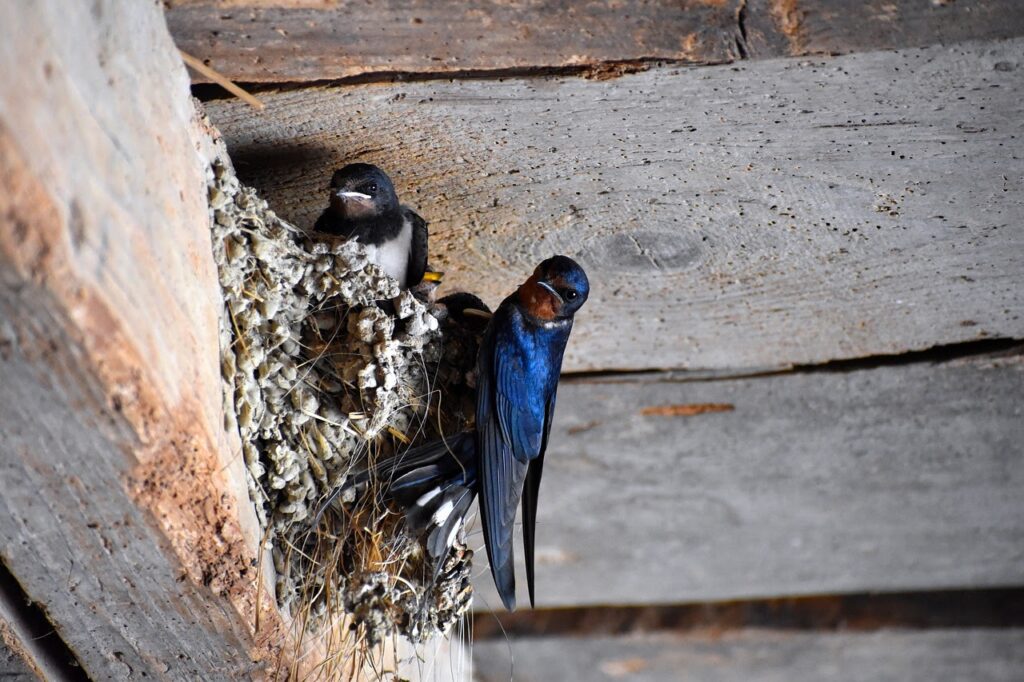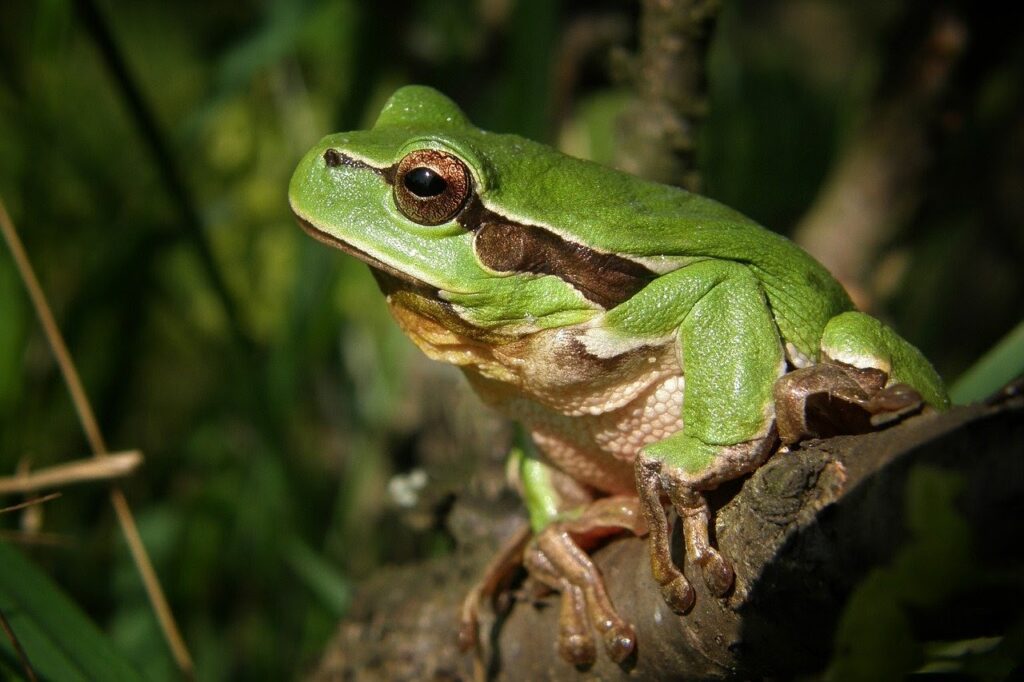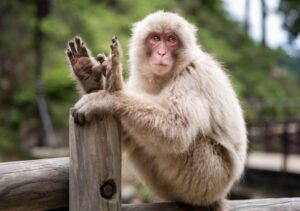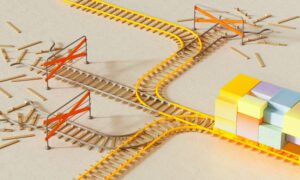Climate Change and the strategies to face it.
4 min read
The phenomenon known as Climate Change it is now recognised by the vast majority of the scientific community. Living beings need to put in place new strategies into face it.
Talking about Climate Change with a “non-responsible for the work” we can obtain different reactions: someone thinks it is a secondary problem, others deny it, and a few recognize it is a problem to face straightaway. Unfortunately, it is a phenomenon hardly “tangible” at first hand. Many tend to underestimate, ignore or deny the problem, also because it seems our daily life is not effectively touched. What is a few more degrees on summer? If it is a problem, it has to persist a lot in time before doing any damage, doesn’t it? Unfortunately, no.
Climate Change is happening now and all across the globe. The prolonged drought in Syria, from 2006 to 2011, is one of the causes of the current conflict. Desertification pushes African peoples to fight among them or to emigrate, looking for a better life. Acidification of oceans, together with overexploitation of fishery resources, is causing a collapse of food networks (we will talk about this in the next paragraph). Pollution and extreme weather phenomena are having a negative impact on agriculture at all latitudes. Migrating birds tend to do their movements with timed out, compared to their sources of nourishment, so that they find themselves without food. A similar situation is found with the pollinators who may go out from the winter phase too soon or too late compared to the flourishing of nutritional plants.

Food Networks.
Let’s start from a concept faced at the primary schools, known as “food chains”. The food chain identifies the sequence through which the nutrition passes from a level to another (producers, primary consumers, secondary consumers, etc.). The concept of food network adds complexity to that of food chain, in fact an organism it is generally part of various interconnected chains. An example? Frogs are insectivorous animals, they feed on butterflies, mosquitos, crickets, etc. They are indeed predators of numerous species of animals, but they are also preys. In fact, they can be a good meat for many species of reptiles, birds and small mammals. The representation of the food scheme of this animal looks more like a net than a chain.

The concept of food network is important to understand what happens when a specie becomes extinct: an imbalance is created, a “hole” in the network. Some preys can increase beyond measure if their “natural enemy” is missing, provoking sometimes damage to man too. Exclusive predators, that is those that hunt a single kind of animal, are destined to become extinct themselves. Non-exclusive predators will address to other preys and some of those could become extinct themselves because of the increasing of predation.
Fight-or-flight.
Climate Change can be responsible on its own to the extinction of a species, but many factors can often contribute, such as acidification of oceans and more excessive fishing.
A species that founds itself to fight against a change in its own habitat has two possibilities of salvation: fight for the new condition or fly away. If it cannot put in act one of these strategies it is condemned to extinction.
Adaptation occurs when within a people is present a variable that consents to successfully face the new condition brought by Climate Change. Let’s take the case of the temperature increase for instance. If some individuals of a people are more heat-resistant, they will reproduce themselves more successfully, so that they will keep living in the same geographic area.
Displacement, on the other hand, occurs when the individuals of a people have the possibility to reach a near geographic area that presents better conditions of life. Taking the previous example, they will look for cooler areas, moving to higher altitude or latitude.
What is happening.
To date, numerous species have already been identified that, due to the effect of Climate Change, tend to shift their range. For instance, animals and plants typical of foothills are being increasingly identified at higher altitudes.
It is not said however that moving is an efficient way to face the problem. Let’s consider organisms living in vast plains at mid-low latitudes. They do not have mountains nearby, so they can try to migrate to the north, which may means moving thousands of kilometres. It is easy to understand that some animals could even manage to survive a similar voyage, but for plants the situation is quite different. A vegetable organism can try to colonize a new area by dispersing its seeds, but it is not said that they will take root. This means that a herbivore moving to a higher altitude could not find the right vegetables for its diet.
At this point it should be clear that Climate Change is a complex issue. What for the man seem being a minor problem, such as rising temperature, is actually a serious problem requiring a specific solution. That is why it is important to understand every face and recognize the impact on every living being, including man.
Read more:
http://maps.tnc.org/migrations-in-motion/#3/19.00/-78.00
https://www.isprambiente.gov.it/it/pubblicazioni/pubblicazioni-di-pregio/atlante-della-migrazione-degli-uccelli-in-italia
Lovejoy T.E., Hannah L., Biodiversity and Climate Change, trasforming the biosphere, Yale University Press, 2019.

Dottoressa triennale in Lingue per il Commercio. Ciò che più mi appassiona è lo studio di culture diverse dalla mia, nella consapevolezza che ciò possa portare ad una crescita personale. Sono convinta che tutte le arti e le singole culture debbano essere esaltate e valorizzate nella giusta misura







